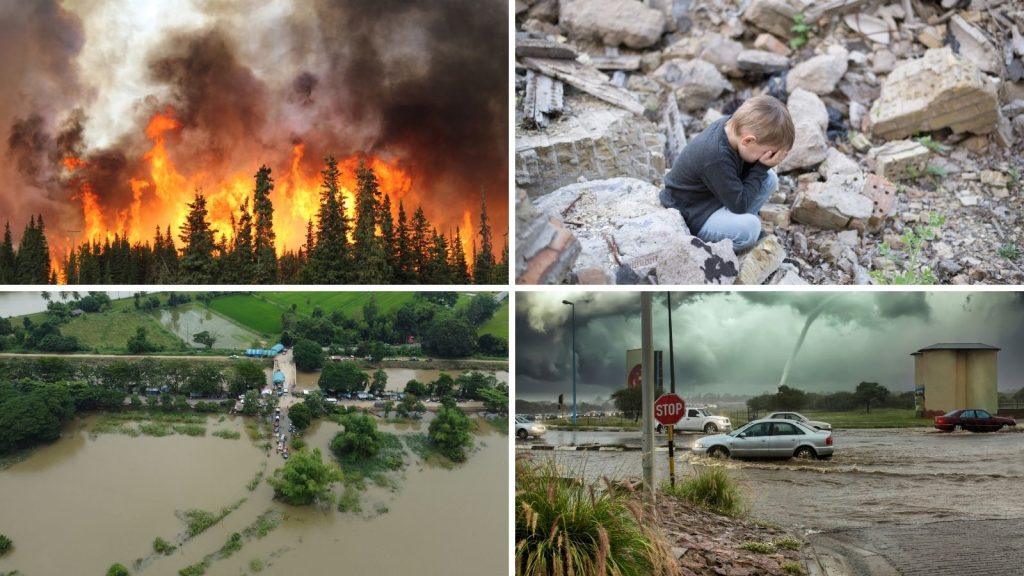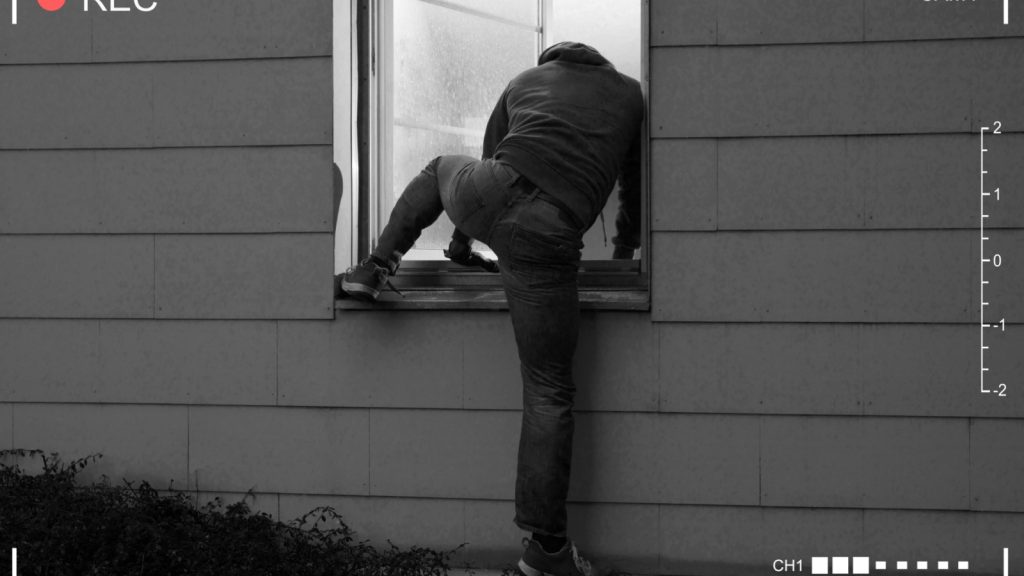The United States faces many disasters each year, from fierce hurricanes and wildfires to sudden earthquakes and industrial accidents. These events can cause thousands of injuries. In 2023 alone, roughly 75,000 severe weather events resulted in 3,857 injuries and 877 deaths across the country. Understanding the most common injuries during different disasters—and how to prepare for them—can help you protect yourself and your family.
Hurricanes and Severe Storms

Hurricanes and tropical storms bring high winds, heavy rain, and flooding, which together cause a variety of injuries. Flying debris is the most common cause of injury during a hurricane. Winds can shatter windows and send broken glass, metal siding, and tree branches hurtling through the air. People who are struck by these objects can suffer deep cuts, puncture wounds, bruises, or broken bones.
Structural damage also leads to injuries. Roofs or walls may collapse, especially in weaker structures, causing crush injuries or head trauma. Flooding and storm surge present another major hazard. Fast-rising water can knock people down or trap them in homes. After a storm, cleanup activities are particularly risky. In one survey after Hurricane Sandy, 10% of people in flooded areas reported injuries in the first week.
Hurricane Safety Preparation
Before a hurricane, secure loose items in your yard that could become flying projectiles. During the storm, take shelter in an interior room away from windows. Wear sturdy shoes and long sleeves if you must move around.
After the storm, use extreme caution during cleanup. Wear heavy gloves, boots, and eye protection when removing debris to avoid cuts. Treat any cuts immediately with first aid to prevent infection. Be careful of live wires in floodwater and use battery-powered lights instead of candles to prevent fires.
Tornadoes and High Winds
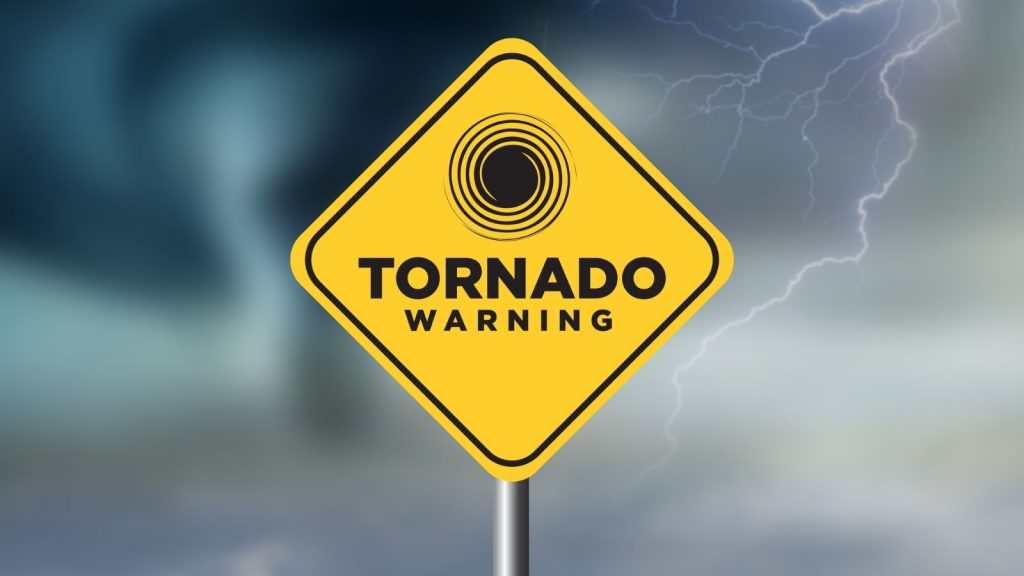
Tornadoes are violently rotating wind storms that appear suddenly and cause extreme high wind damage. The biggest danger is from flying and falling objects. People struck by debris can suffer severe trauma. The most common injuries in tornadoes are soft tissue injuries – cuts, scrapes, impalements, and bruises – from debris. In fact, lacerations, puncture wounds, and abrasions account for over 50% of tornado-related injuries.
Head injuries are also a serious concern. Head and brain injuries make up only around 7% of tornado injuries, but they are the leading cause of death and long-term disability in tornado events.
Tornado Protection Tips
The best protection in a tornado is to shelter in a sturdy building, below ground if possible. If that’s not available, go to a small interior room on the lowest floor, and cover yourself with heavy padding to shield against debris.
Encourage your family to keep bike helmets or hard hats in your shelter area; wearing a helmet can greatly reduce head injury risk. Also wear shoes to avoid foot injuries from stepping on nails or broken glass after the storm.
Floods and Water Disasters
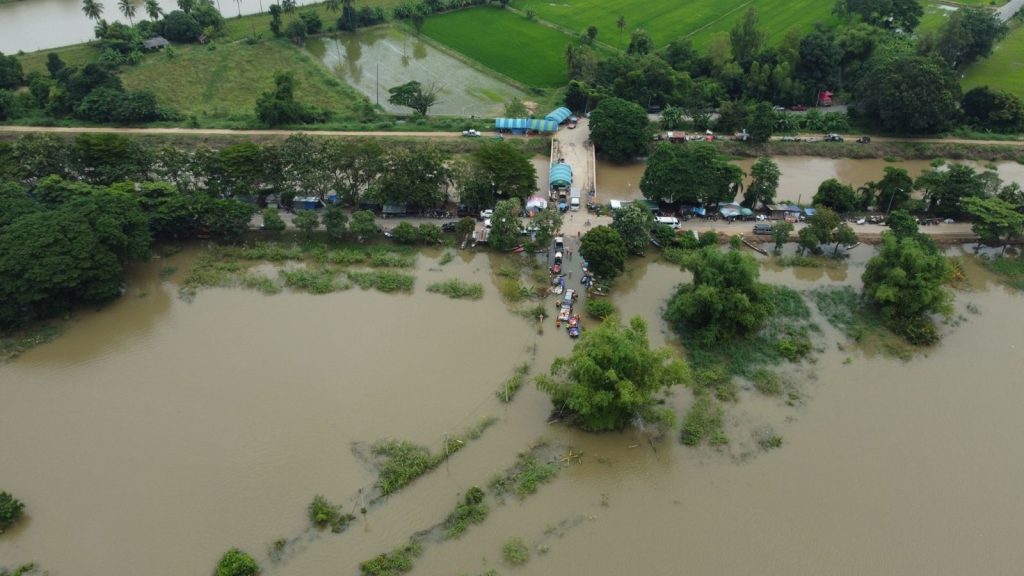
Floods can happen on their own or as part of hurricanes and storms. The primary hazard of floods is drowning, which is the leading cause of flood-related death. Standing or flowing floodwater is extremely dangerous: it can conceal debris, chemicals, and open manholes, and even shallow moving water can knock a person off their feet.
Common flood-related injuries include cuts and punctures from hidden objects and sprains or broken bones from falls in slick or unstable areas. Floodwater is often contaminated with sewage, bacteria, and chemicals. If it gets into an open wound, it can cause a serious infection.
Flood Safety Guidelines
The best advice is stay out of floodwater if at all possible. If you see water rising, avoid walking or driving through it. If you must be in floodwater, wear rubber boots and gloves to protect your skin. Use a long stick to probe ahead of you for unseen hazards.
If you have open cuts, keep them out of the water or cover them with waterproof bandages. After contact with floodwater, wash your skin thoroughly with soap and clean water as soon as you can.
Earthquakes and Building Collapses
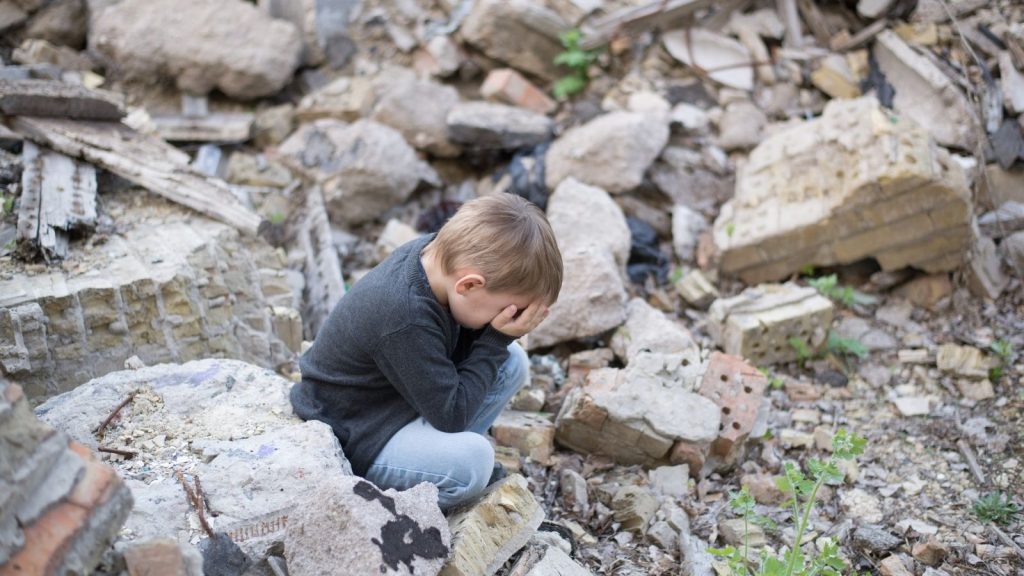
Earthquakes strike suddenly without warning, causing the ground to shake violently. Most earthquake-related injuries occur due to collapsing walls, breaking glass, falling furniture, and other debris that strikes people or traps them. Crush injuries, fractures, and head injuries are extremely common in strong earthquakes.
Many people in earthquakes are hit by things like toppled bookcases, falling ceiling tiles, or shattered windows. Cuts from broken glass are frequently seen, as windows explode and send shards flying.
Earthquake Preparedness
In earthquake zones, prepare your home to reduce falling hazards. Secure tall furniture to walls and store heavy items on lower shelves so they don’t fall on people.
During an earthquake, Drop, Cover, and Hold On. This means drop to the ground, take cover under a sturdy piece of furniture like a table or desk, and hold on to it. Do not run outside during the shaking. After the quake, be cautious. Expect aftershocks which can cause additional collapses.
Wildfires and Extreme Heat
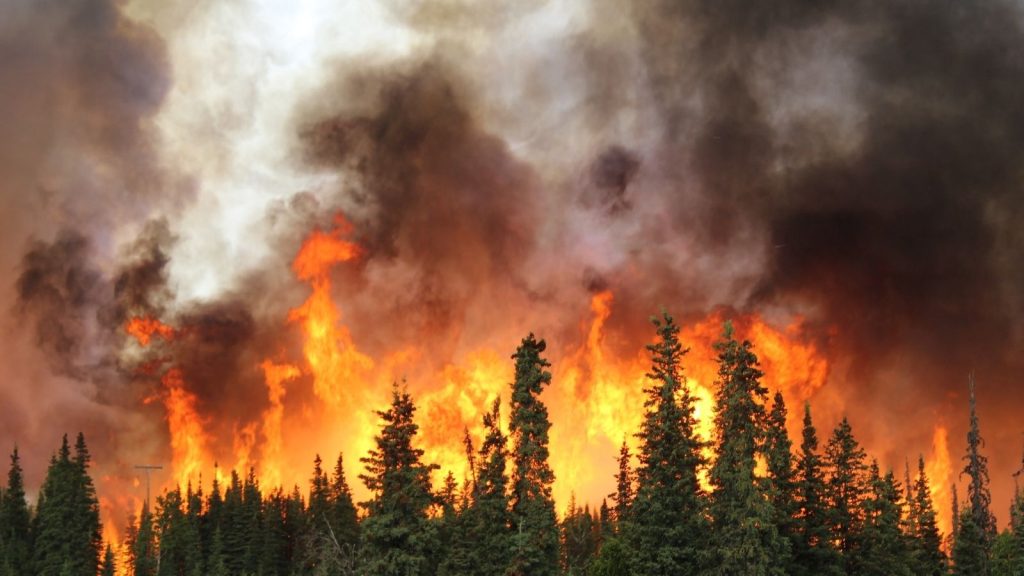
Wildfires are large, uncontrolled fires that often sweep through forests, grasslands, and sometimes residential areas. The obvious injuries in a wildfire are burns. People can suffer burns if they are caught by the flames or if they touch hot surfaces.
Burns account for only about 30% of fire-related injuries and deaths. The majority of harm in fires actually comes from smoke inhalation. Breathing in the hot, toxic smoke from a wildfire can damage the lungs and airway. In the U.S., smoke inhalation injures tens of thousands of people each year and can be fatal.
Wildfire Safety Measures
If you live in a wildfire zone, prepare your property with defensible space (clear brush and flammable materials away from your house). Have an evacuation plan and a “go bag” ready, since you might only have minutes to flee. Listen to evacuation orders – many injuries happen when people delay leaving.
For smoke, wear an N95 respirator mask if you must be in smoky air; it can filter out harmful particles. Keep car windows closed and AC on recirculate when evacuating through smoke.
Industrial Accidents and Chemical Hazards
Industrial accidents refer to disasters involving hazardous materials or structures in workplaces, factories, or transportation. These events can combine multiple dangers – blast forces, fires, and poisonous exposures – so the injuries are often severe.
In chemical plant or refinery explosions, typical injuries include severe burns, cuts from flying debris, and smoke inhalation. Chemical releases might not cause visible trauma but can lead to poisoning and respiratory injury.
Industrial Hazard Response
Preparation for industrial accidents involves knowledge and quick action. If you live near a chemical plant or railroad, know what to do if you hear a warning siren or alert. Often the advice is to Shelter-in-Place (stay indoors, close windows/vents, and turn off AC) or sometimes to evacuate, depending on the incident.
The CDC advises that if a chemical emergency happens, “get away from the area, get it off, and get clean”. This means: evacuate the spill or leak area if you can, remove contaminated clothing, and wash off any chemical on your skin, then seek medical help.
Mental Health and Trauma After Disasters

Not all injuries from disasters are visible. The mental and emotional trauma that follows a disaster is a significant health concern. Surviving a disaster, being injured, or losing a home or loved ones can be extremely stressful.
It’s common for people to experience anxiety, fear, sleep problems, or grief in the aftermath. In many cases, these reactions fade over time, but some individuals develop longer-term conditions like Post-Traumatic Stress Disorder (PTSD), depression, or persistent anxiety. Studies have found that in the year after a major disaster, about 5% to 40% of directly affected people may suffer from PTSD symptoms.
Mental Health Preparation
Preparing mentally for a disaster involves building resilience and having a plan for emotional support:
- Education and Drills: Knowing what to do in a disaster can reduce panic. Practicing emergency drills with your family can help everyone feel more in control during a real event.
- Support Network: Identify your support network – family, friends, community groups. After a disaster, talking about your experience with others who care is important.
- Professional Help: Be willing to seek professional help if you or a family member struggles after a disaster. Therapists trained in trauma can provide coping strategies.
- Self-Care and Routine: After a disaster, try to maintain routines, especially for children. Keeping regular meal times and bedtimes provides a sense of stability in chaos.
Most people are resilient. The majority will recover psychologically with time and support. The key is not to ignore mental health. Have strategies for emotional survival – know that needing help is normal and that community and professional resources are available.
Short-Term First Aid and Injury Management
When a disaster strikes and someone is hurt, immediate first aid can save lives and reduce the severity of injuries. Here are some short-term first aid steps to manage common injuries:
Managing Severe Bleeding
If someone is bleeding heavily, the priority is to stop the bleeding. Put direct pressure on the wound with a sterile bandage or clean cloth. If the blood soaks through, do not remove the original cloth; add more cloth on top and keep pressing firmly. Elevate the injured limb above heart level if possible.
Treating Broken Bones and Sprains
Keep the injured area still and supported. Do not attempt to realign a deformed limb or push bones back in. If you have materials, splint the injury by securing the joint above and below the break with something rigid, padded with cloth.
For a sprain, use the R.I.C.E. method: Rest, Ice, Compression, Elevation.
Handling Burns
For burns from fire or scalding, cool the burn right away with clean water. Do not use ice or butter or any home remedy – just cool water for 10-15 minutes if possible. After cooling, cover the burn with a sterile, loose dressing. Do not pop blisters that form.
Managing Shock
After a traumatic injury, a person may go into shock. Signs include pale, cool, clammy skin, rapid breathing, weakness or confusion, and possibly unconsciousness. To help someone in shock, if they have no head or leg injuries, lay them on their back and elevate their feet about 12 inches to improve blood flow to vital organs. Keep them warm and reassure them.
Long-Term Medical Preparedness for Self-Reliance
Long-term medical preparedness is about planning before a disaster strikes. This is especially important for preppers, homesteaders, and anyone who might be far from professional help or who wants to be self-sufficient in a crisis.
Essential Medical Supplies
Start with a standard first aid kit and then expand it for disaster scenarios. Include plenty of bandages and sterile dressings in assorted sizes, adhesive cloth tape, antiseptic wipes, antibiotic ointment packets, tweezers, scissors, and a digital thermometer.
Include elastic bandages for sprains and splints or sling material for fractures. Pack a CPR breathing barrier, compress dressings, antiseptic wipes, an emergency blanket, instant cold packs, and non-latex gloves.
Medication Management
If you or a family member relies on daily prescription drugs, plan for how to have extra medication on hand. Talk to your doctor or pharmacist about obtaining an emergency refill or a larger supply. Keep a written list of all prescriptions in your emergency kit.
Include over-the-counter meds as well: pain relievers, fever reducers, anti-diarrheal pills, and antihistamines for allergies. If medications need refrigeration, have a small cooler and chemical ice packs ready.
Specialized Medical Needs
Think about any special medical needs in your household. This could include extra eyeglasses or contact lenses, hearing aid batteries, epinephrine auto-injectors for severe allergies, inhalers for asthma, or blood sugar testing supplies for diabetics.
Women might include feminine hygiene products. If there’s a baby, pack infant supplies like diapers, formula, and baby Tylenol. Pet owners should have pet first aid items and a copy of vaccination records.
Training and Practice
All the supplies in the world won’t help if you don’t know how to use them. Invest time in first aid and CPR training for your family. Many communities offer Community Emergency Response Team (CERT) training or wilderness first aid courses.
Practicing skills regularly will make you much more confident and effective in a crisis. Also, run through scenarios: What would you do if someone cut themselves badly with an ax on your homestead and you’re snowed in?
Know When to Seek Help
Being self-reliant doesn’t mean you should handle every medical situation alone. Part of preparedness is knowing your limits. Head injuries with loss of consciousness, chest pain, severe bleeding, signs of stroke, or difficulty breathing are all red flags that you need professional medical help as soon as possible.
Long-term medical preparedness is about thinking ahead. By stockpiling the right supplies, learning medical skills, and planning for health needs, you empower yourself to handle injuries from the immediate aftermath through the recovery period.
References
- CDC – Preparedness and Safety Messaging for Hurricanes, Flooding, and Similar Disasters
- CDC MMWR – Nonfatal Injuries After Hurricane Sandy
- TeamHealth – The Hidden Toll: Unveiling the Clinical Impacts of Tornadoes
- CDC – Safety Guidelines: Floodwater After a Disaster
- WHO/CDC – Epidemics After Natural Disasters
- OSHA – Earthquakes Preparedness Guide
- Stanford Children’s Health – Fire Safety and Burns
- Laborde Earles Law – Common Refinery Plant Explosion Injuries
- CDC – About Chemical Emergencies
- U.S. Dept. of Veterans Affairs (PTSD Center) – Resilience and Risk Factors After Disaster Events
- American Red Cross – Make a First Aid Kit
- Mayo Clinic – First Aid for Fractures
- TSS Safety/NSC – “Are You Prepared for the Unexpected?”
- CDC – Prepare Your Health (Prescriptions)
- American Red Cross – National Preparedness Month (First Aid/CPR Training)
James is a former logistics coordinator and wilderness safety instructor, whose practical experience taught him the value of sensible preparedness and calm resilience. Passionate about self-reliance, James teaches everyday skills—like water purification, emergency communication, and outdoor safety—to help people confidently handle life's disruptions without fear or overwhelm. His approachable style combines real-world insights with relatable, personal stories and experiences.
